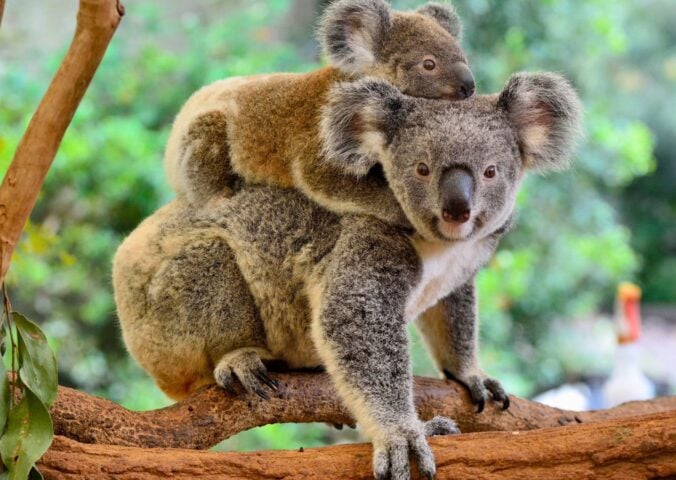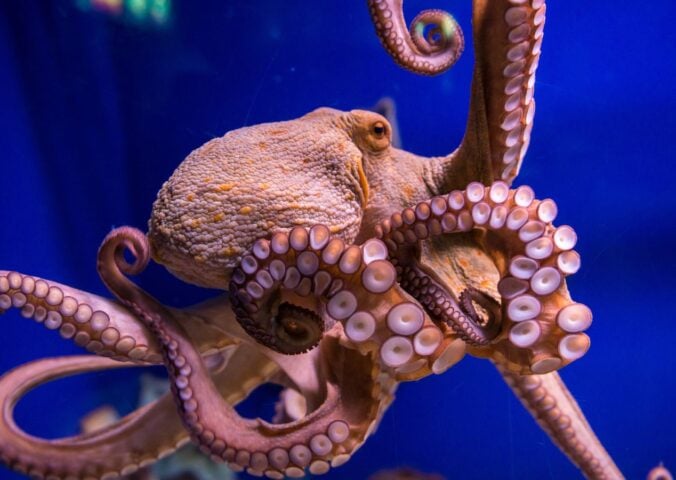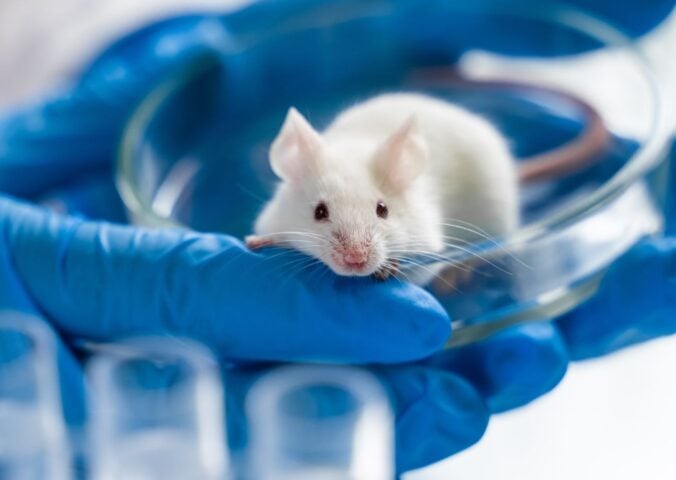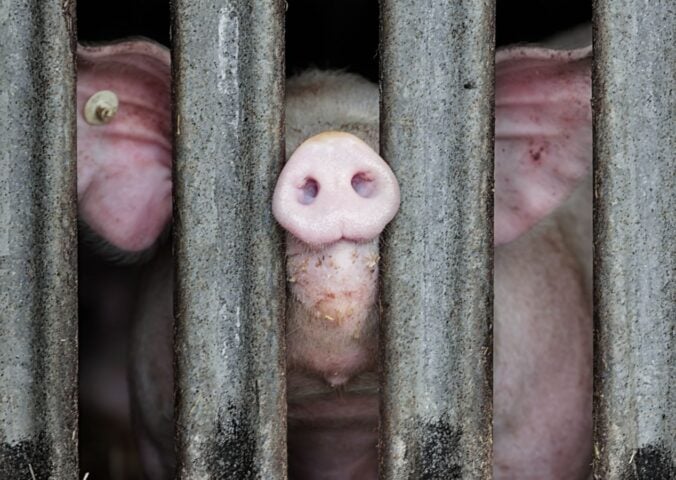Mice engage in behaviors to revive unconscious friends, helping the unconscious mice to recover faster, according to a new study.
Neuroscientists at the University of Southern California anaesthetized mice and placed them back in their cages. Other mice in the cages would sniff and groom the unconscious mice. If they still didn’t respond, their mates would start licking their heads and pulling their tongues. The researchers describe the behaviors as “distinct and consistent” towards immobile and unresponsive friends that would stop once the unconscious mice woke up.
Mice were also observed engaging in these behaviors with mice who were dead for a time, but not with mice who were simply asleep. This indicates that mice can distinguish between different states of consciousness. Giving “first aid” tended to help unconscious mice, particularly tongue pulling, as it opened up their airways.
Read more: Wild Fish Can Tell Humans Apart By Their Clothing, Study Finds
The mice were much more likely to try to help a mouse they knew compared to ones they didn’t. “That familiarity bias tells you that the animal’s not responding in a reflexive manner to the stimuli that they’re seeing,” James Burkett, a neuroscientist at the University of Toledo who wasn’t involved in the study, told NPR. “They’re actually taking into account aspects of the situation and the identity of the animal when they’re forming their response.”
Testing on mice
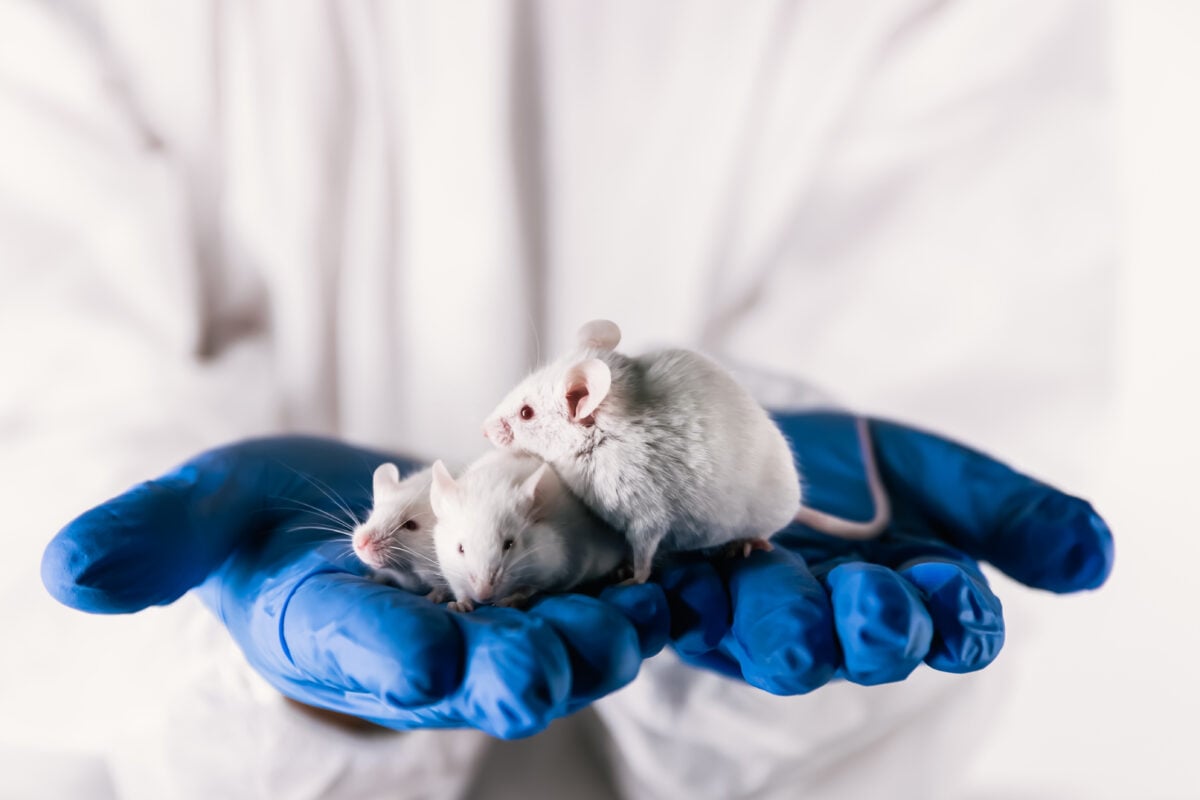
The study shows that mice, like other social animals, may innately want to help unresponsive group members, the researchers conclude. While this adds to the large body of evidence that animals are socially complex beings with rich inner lives, the research occurred because mice are frequently tested on in research laboratories. In fact, the researchers decided to test how mice respond to unconscious cage mates because they had observed the behavior anecdotally after doing tests on mice in the past.
Mice and rats account for around 95 percent of animals used in experiments; mice are the most commonly used animal in biomedical research. Mice are favored for their small size, which makes it easier and cheaper to keep them captive, their quick reproduction, and their ease of handling.
Depending on what researchers are testing for, animals can suffer anything from mild discomfort to severe pain and stress. Campaigners have long argued that even “mild” experiments can cause serious physical and mental harm to animals. Many animal organizations are calling on the scientific community to move away from animal tests in favor of cruelty-free alternatives.
Plant Based News does not condone the use of animals in research.
Read more: Crabs And Other Crustaceans Do Feel Pain, Scientists Say



